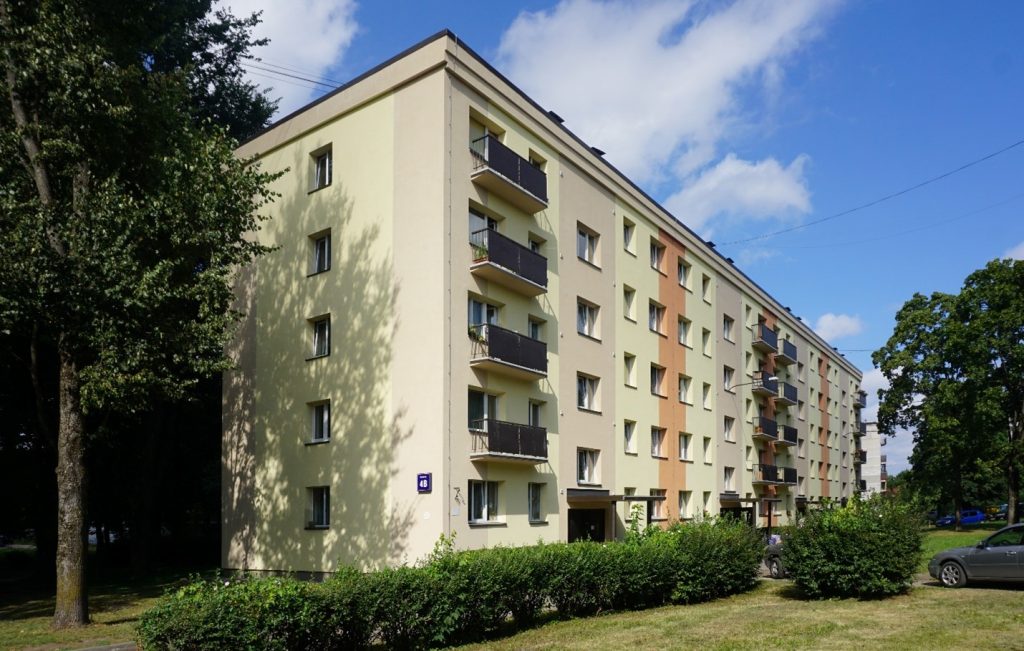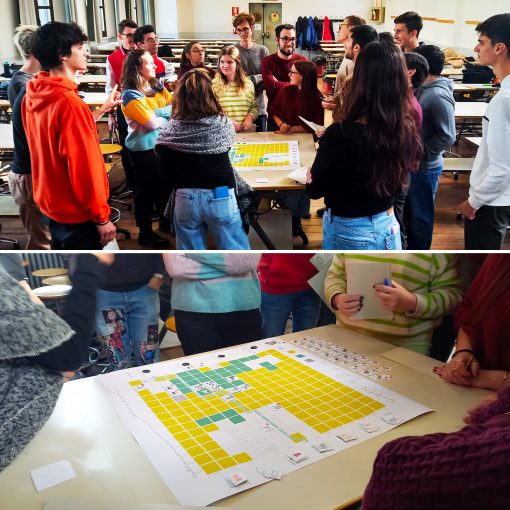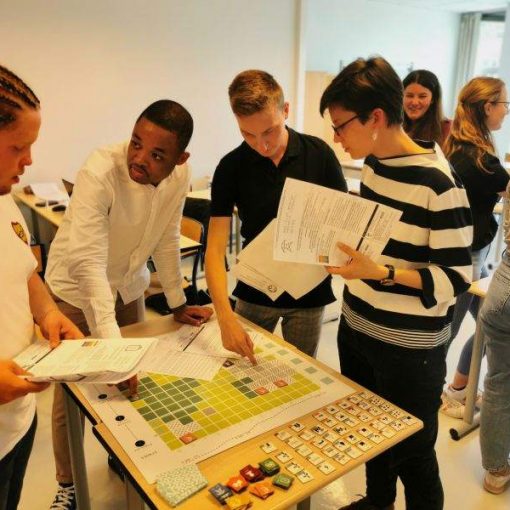The case study of Riga, the capital of Latvia, illustrates a planned approach to improving the energy efficiency of the existing building stock. The most significant part of the city’s building stock in terms of numbers is the large-scale housing estates, a legacy of the Soviet era. In contrast, the most significant part of the building stock in terms of cultural heritage is the historical center of Riga, which is also a UNESCO World Heritage Site. The case study examines the activities carried out by Riga’s largest building manager in cooperation with public financial support institutions in renovating the Soviet-era housing stock, providing support, and motivating building occupants to undertake renovation measures. It also looks at scenarios for energy efficiency measures in the historical center of Riga, which are currently at the exploratory level. However, it aims at a holistic approach, looking at energy efficiency measures at the urban block level.





